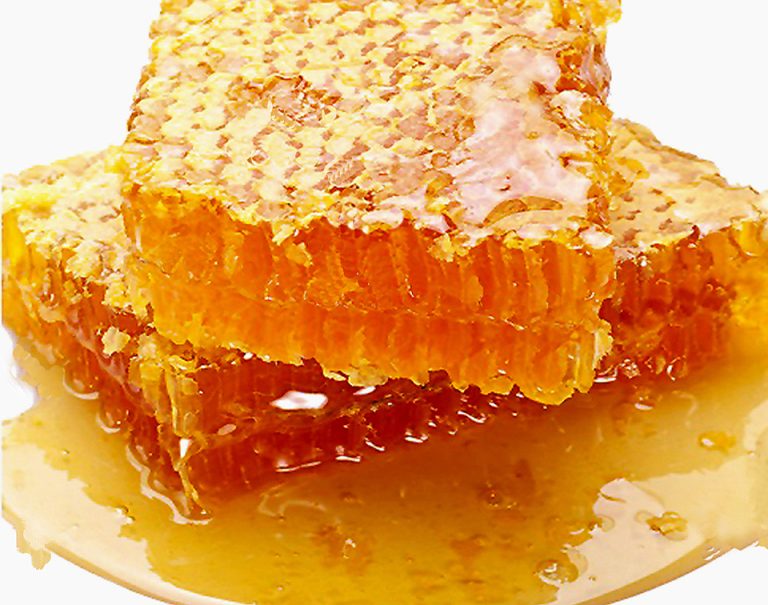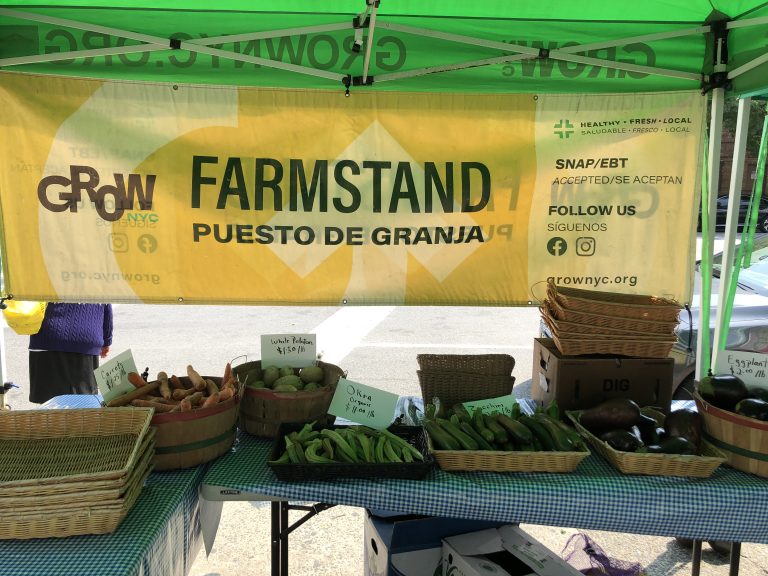Published with permission from LuxuryWeb.com
Honey has been hailed as the “perfect” food for centuries. Cultivated across the globe, honey has played a dual role in both food and medicine, particularly gaining popularity in the Eastern Mediterranean.
Greek thyme honey from Attica, around Athens, and wildflower honeys from the Cretan mountains and the foothills of Mount Olympus in Thessaly, are regarded as some of the most flavorful and aromatic honeys produced since ancient times. Turkish, Bulgarian, and Lebanese honeys are also recognized for their superior quality worldwide.
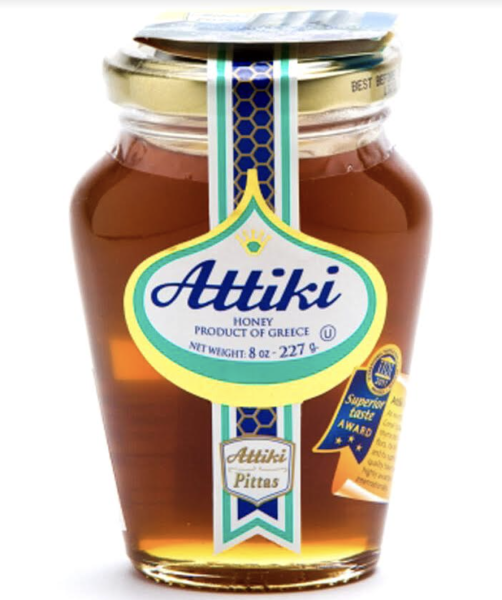
I recently had the pleasure of tasting three aromatic honeys from Wisconsin, produced by the brand “Some Honey.” Their orange and wildflower varieties are raw, unfiltered, and maintain a light blonde color. Since they are not pasteurized, they preserve all of their natural nutritional and health benefits.
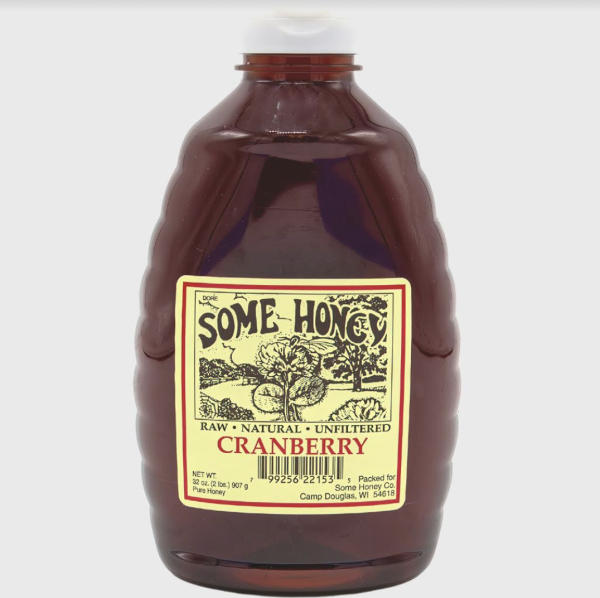
Raw honey, unlike many other packaged products, contains no additives or preservatives. It has natural preservative qualities on its own. These honeys are unfiltered but strained, removing debris like pieces of honeycomb wax and bee parts, while retaining pollen, which is responsible for many of honey’s health benefits.
Success
You are now signed up for our newsletter
Success
Check your email to complete sign up
One of the more unique varieties I tried was the Cranberry honey, a darker, amber-colored honey with a rich aroma and flavor that rivals the best Greek honeys.
Another standout honey I sampled came from a Chilean company I discovered at the Summer Fancy Food Show.

Called ULMO Abeja Dorada miel pura from Colmenares Santa Inés, this raw, monofloral honey is sourced from Patagonia and is known for its antimicrobial and anti-inflammatory properties. Though it comes at a higher price, the purported medicinal benefits make it worth considering. The honey itself is thick and beginning to crystallize, and its intense aroma complements my go-to breakfast of strained yogurt. It’s a fantastic energy booster, especially as a “morning after” remedy!
Honey is also produced in some surprising places around the world.

On the rooftop terrace of the Waldorf Astoria Hotel, for example, 20 stories above Park Avenue in New York City, 360,000 bees produce over 300 pounds of honey each year. This honey features in the hotel’s menus and is even used in treatments at its Guerlain Spa.
Luxury hotels around the world are also getting in on the beekeeping trend. Québec’s Manoir Hovey, a five-star lakefront property, runs a beekeeping program producing spring and summer flower honey. The hotel’s chef incorporates honey into his dishes and offers honey-themed activities for guests.
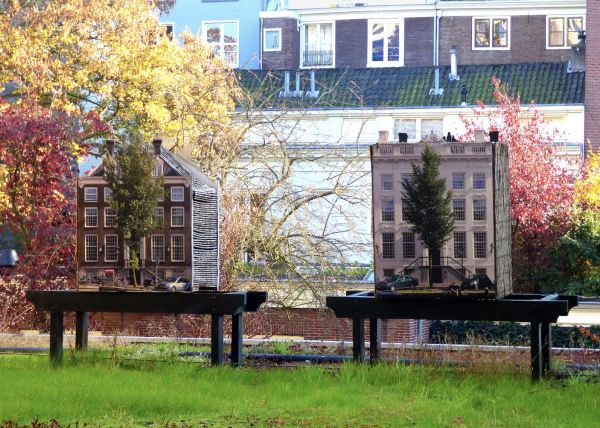
In Amsterdam, the Waldorf Astoria has beehives shaped like the hotel itself. Located in the city’s largest private garden, these hives produce honey served at breakfast and during the hotel’s renowned afternoon tea.
The Broadmoor in Colorado Springs boasts over 50 beehives at its Eagles Nest ranch, Broadmoor Farms, and the resort’s golf course, producing over 1,500 pounds of honey annually.
Zurich’s Baur au Lac Hotel, Switzerland’s first five-star hotel to maintain a bee colony, has a hive designed as a miniature version of the hotel itself. Home to 80,000 bees, the honey produced is a local Zurich delicacy, offered at breakfast and available for purchase at the hotel’s gift shop.
Today, honey can be found in grocery stores and supermarkets everywhere, with a wide range of varieties also available online.
The global honey trade remains as widespread today as it was over 6,000 years ago.
Visit LuxuryWeb.com to see the original article, and more.



